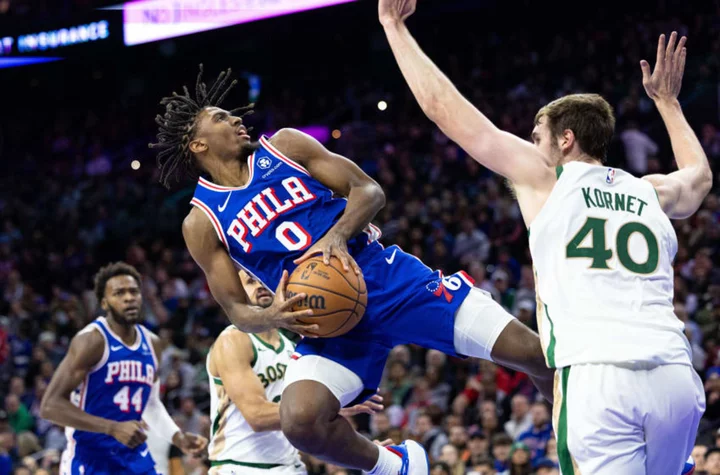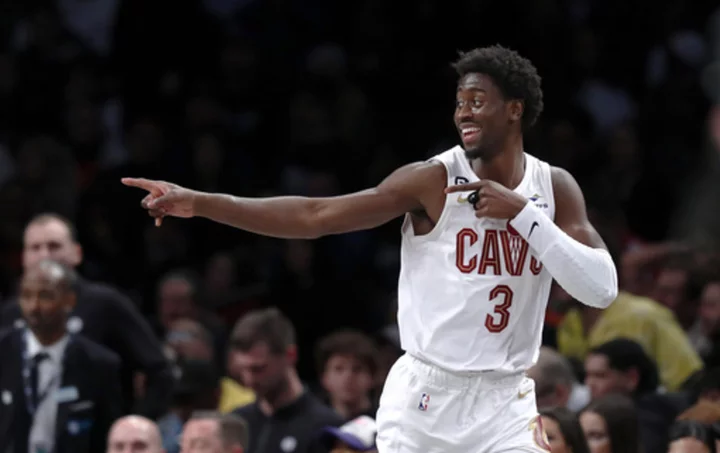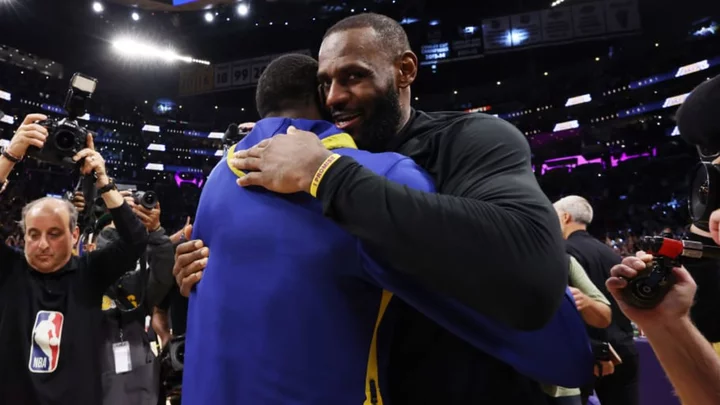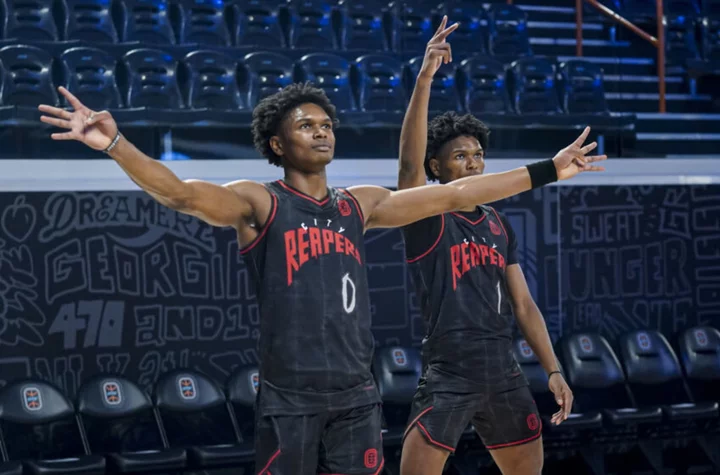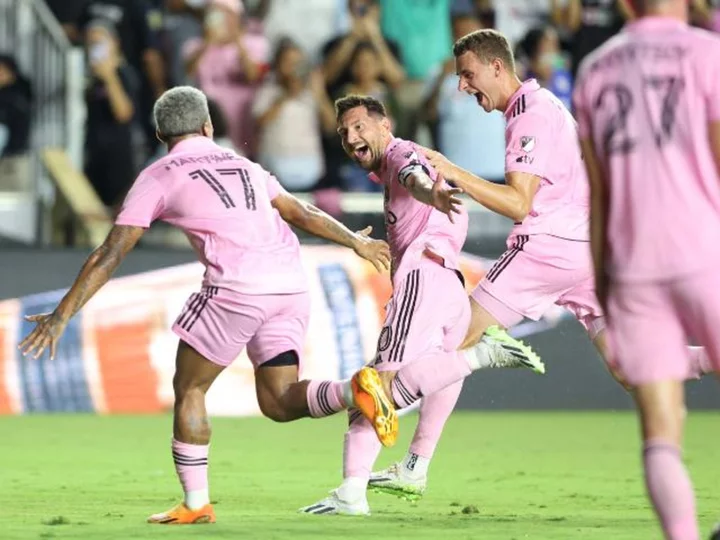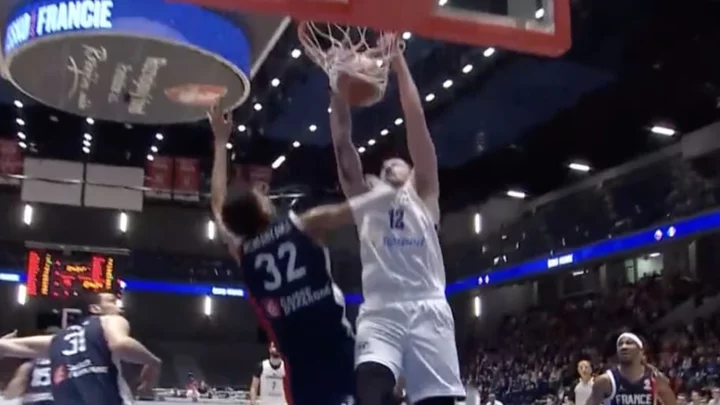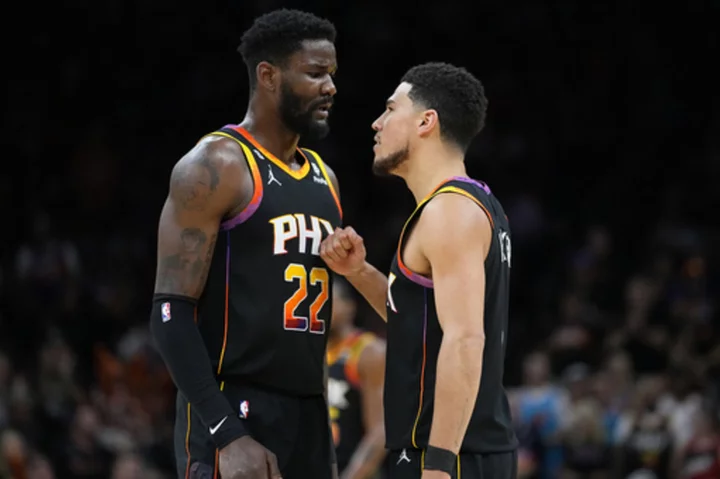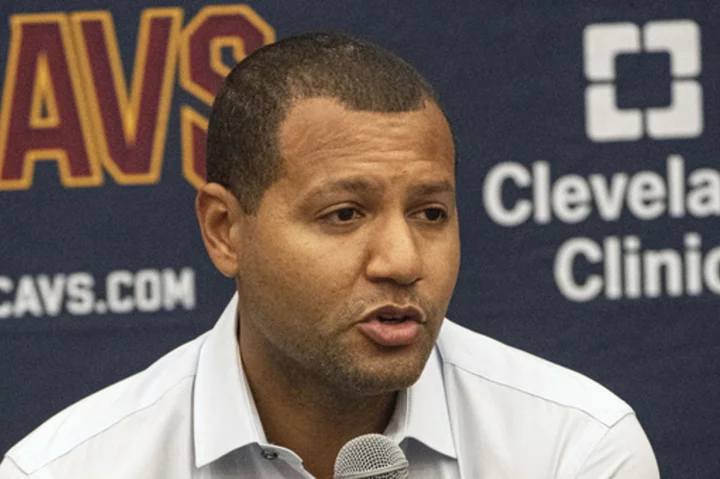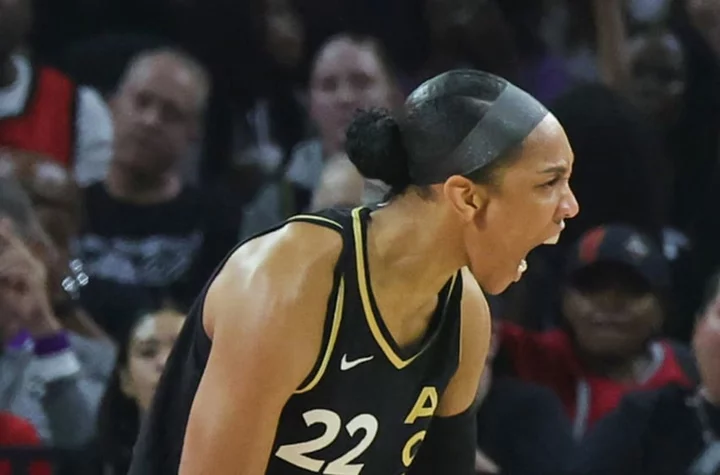The NBA Most Improved Player award is historically difficult to understand. What are the criteria, exactly? It differs from voter to voter. That is the case for every award, yes, but with Most Improved, it truly is a question of what a specific voter values most. Is it who makes the biggest leap? The most important leap? Is there more value in jumping from good to great, or from bad to good?
Simply put, no award casts a wider net across the league and features so many viable candidates. The 2023-24 season is shaping up to feature another competitive race. There are myriad factors at play (Should second-year players be excluded because it doesn't fit the "spirit" of the award? Does a player going from top-25 to top-10 matter more than a player going from top-75 to top-25?) but here's how the landscape stands.
We will update these rankings throughout the season, so expect plenty of movement as narratives shift and new data arise.
NBA Most Improved Player power rankings: Week 3
Honorable mentions: Anthony Edwards, Cam Thomas, Shaedon Sharpe, Jalen Duren
Jalen Johnson's ascent has been a treat to watch. The John Collins era mercifully ended over the summer when he was dealt to the Utah Jazz, opening the door for Johnson to swiftly establish his presence as not only a rotation regular, but the Atlanta Hawks' starting power forward.
For the season, Johnson is averaging 14.7 points, 7.7 rebounds, and 2.2 assists on .611/.469/.682 splits. The 3-point percentage will dip eventually, but he's shooting well on a low volume and finishing at an elite level at the rim. He's an active cutter and a willing connective passer who happens to be Atlanta's best overall defender most nights. He can switch all over the floor, using his 6-foot-11 wingspan to suffocate ball-handlers and his 220-pound frame to stonewall drives.
He's already an upgrade for Atlanta, and he's a significant reason for the Hawks' fast start despite Trae Young's offensive struggles. There's a good chance the Hawks explore roster changes in the weeks and months to come, especially if the win-loss split goes south, but Johnson is a staple.
Tyrese Haliburton has made the leap.
He's a superstar. There's no way around it. The Indiana Pacers have to figure out the defense eventually — it's a serious limiting factor when projecting toward the postseason — but Haliburton is the engine behind the NBA's best offense through three weeks, and there's no reason to believe that pace will let up.
Haliburton has come a long way since draft night when he was billed as a smart connective passer and spot-up shooter who couldn't self-create enough to reach the highest level of stardom. Well, now he's a legitimate iso threat, roasting defenders with subtle changes in speed and direction off the dribble and developing a potent pull-up game. He can bomb 3s all day, he's a master of the pick-and-roll, and he's one of the NBA's most exciting transition initiators.
At this point, the Pacers' point guard deserves MVP consideration. He could continue to make headway in this particular race based on just how high he's climbing in the NBA power hierarchy. At some point, we're going to have to have the 'Tyrese Haliburton, top 10 player' conversation. He's the best lead guard in the East, and depending on how you classify Stephen Curry or Luka Doncic, he might be No. 1, period, at his position.
The only reason Haliburton slots in at No. 4 here, for now, is that he was already approaching this level last season. The Pacers needed to put a few extra pieces together, and there's no denying the individual leap Haliburton has made — 24.7 points, 4.2 rebounds, 12.5 assists on .528/.436/.932 splits — but he had a considerable head start. But, no matter how you slice it, there isn't a single player matching Haliburton's blend of shooting efficiency, playmaking creativity, and ball control right now.
The Houston Rockets have won six straight games and currently hold sole possession of fourth place in the Western Conference. There's plenty of time for Houston to succumb to inexperience, but the Rockets are playing hard, connected defense and unearthing new layers on offense. It all starts with Alperen Sengun.
A relatively small, unathletic center from Turkey has firmly planted his flag as the best player on a potential postseason team. After years of misutilization under Stephen Silas, Ime Udoka has embraced Sengun as the offensive engine he was always meant to be. He is going to draw borderline unfair comparisons to Nikola Jokic, but Sengun is carving out his own, unique perch in the hierarchy of NBA stardom.
Endlessly crafty and clever, Sengun beats defenses with off-beat footwork and sheer ingenuity. He attempts passes that very few NBA players would even think of, much less NBA centers. He doesn't elevate off the ground much, but he's capable of the stray poster dunk or monster put-back. He uses his occasional burst of speed or verticality with a purpose. He can overpower smaller defenders in the post, or dance around slow-footed centers with a dizzying combination of spins, fakes, and hesitations.
Sengun has mastered a nifty one-legged fadeaway and he's starting to earnestly attempt 3s. If that comes around eventually, watch out. Right now, Sengun is second on the Rockets in assists per game (6.0, with only 2.1 turnovers per game) while ranking first in points (19.4) and rebounds (8.2) on .600/.250/.618 splits.
He's on track for All-Star consideration if he (and the Rockets) keep it up.
The Toronto Raptors are 5-6 with the feel of a team about to blow it up. New head coach Darko Rajaković has brought better vibes to the locker room, but he can only do so much with a flawed roster (that happens to feature several impending free agents, all potentially with one foot out the door).
Still, Toronto has put together a stingy defense and Rajakovic has completely unlocked Scottie Barnes. After winning Rookie of the Year in 2022, Barnes' sophomore season was considered a mild disappointment. His production plateaued and the Raptors went from plucky underdog contenders to a depressing, clearly unhappy play-in team.
The roster got worse over the summer, but Barnes has finally put all the pieces together. We have seen him play great defense for stretches in the past, but nothing like he's doing right now. He's averaging 1.7 steals and 1.6 blocks, wreaking havoc as a weak-side rim protector and help defender while also operating suitably as an on-ball stopper when called upon.
Offensively, Barnes has (rather shockingly) leapfrogged Pascal Siakam to become "the guy" in Toronto. He's averaging 20.9 points, 9.6 rebounds, and 5.7 assists on striking .475/.375/.761 splits. He's roping 3s at the best percentage of his career, on the highest volume of his career (5.1 per game). Barnes is suddenly a mid-range maestro, and he has fully leaned into his jumbo-sized playmaker role. He will push the tempo in transition, bully smaller defenders at the rim, and beat quality defense with better shot-making. He has fully arrived, just in time for the Raptors to center their rebuild or retool around him.
The Philadelphia 76ers are 8-3, with a few understandable losses sandwiching an impressive eight-game win streak. The James Harden trade has been officially official for a couple weeks, meaning it truly is Tyrese Maxey's time in the lead guard role. The early results? Remarkable.
Just about everybody projected another leap from Maxey, whose relentless work ethic and staunch self-confidence have placed him on a sky-high trajectory ever since he entered the league. The Harden dilemma made it even easier to expect more robust production from the 23-year-old. While many thought Maxey might be in line for his first All-Star berth, he's currently on track for his first All-NBA berth. Nobody could have predicted the extent to which Maxey has elevated his star profile in Harden's absence.
There was valid concern that Harden leaving might actually hurt Maxey, at least in the short term. Maxey's first major leap toward stardom came when Harden arrived midway through the 2021-22 season, allowing Maxey to rope open catch-and-shoot 3s and attack rotating defenses while Embiid and Harden occupied attention in the middle of the floor. Maxey has never been a natural decision-maker in the point guard role. He always had a tendency to operate in two distinct gears — passive or attack mode. There wasn't much in between.
Now, due to a clear commitment to absorbing coaching and addressing his weaknesses, Maxey has developed into a legitimate table-setter for the Sixers. He's operating at different speeds in pick-and-rolls and forming a prolific two-man game with Embiid. He's averaging 6.7 assists to only 1.5 turnovers, all while scorching the nets with his usual efficiency (27.6 points on .486/.429/.945 splits) despite a sharp increase in volume and shot difficulty.
Not only is Maxey a proper co-star for Embiid, he might be one of the top guards in the NBA. The Sixers have a lot to prove before we comfortably label them contenders, but Maxey sure feels built for the moment.

